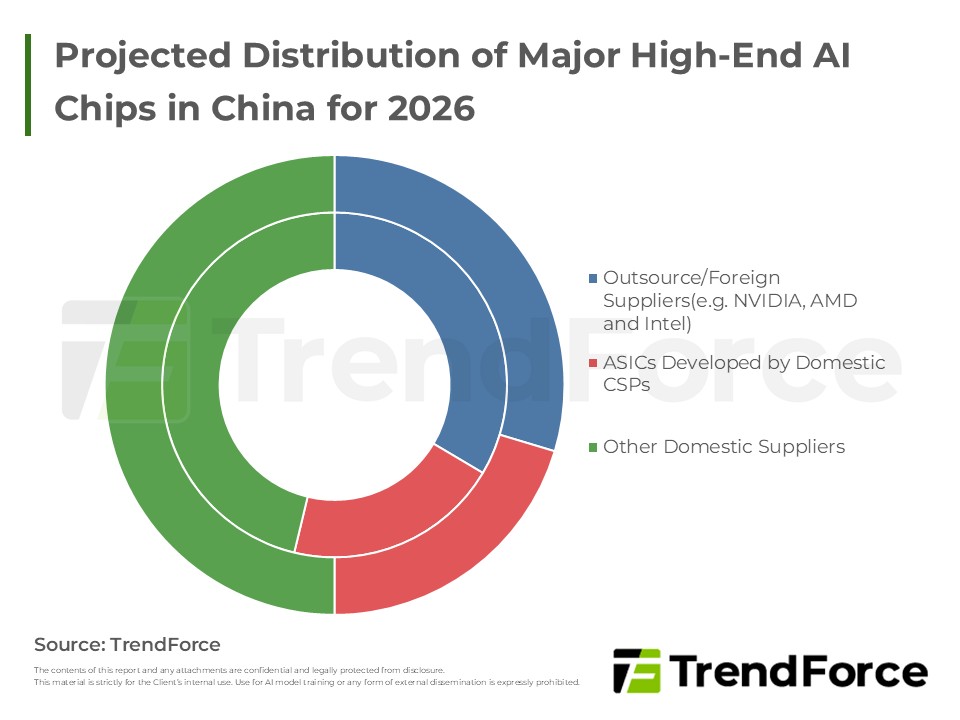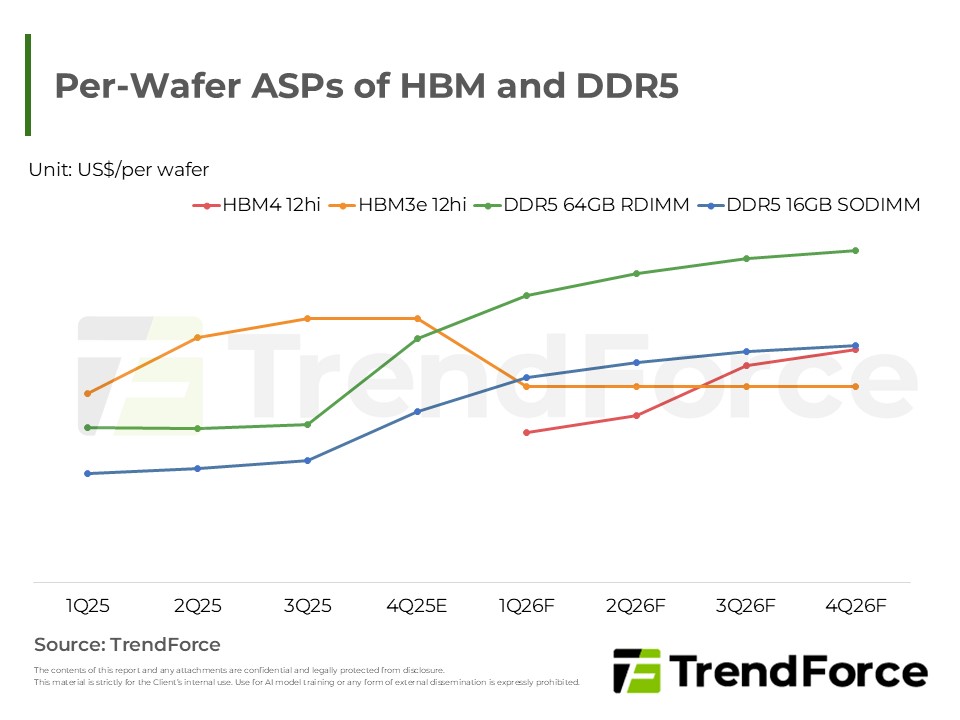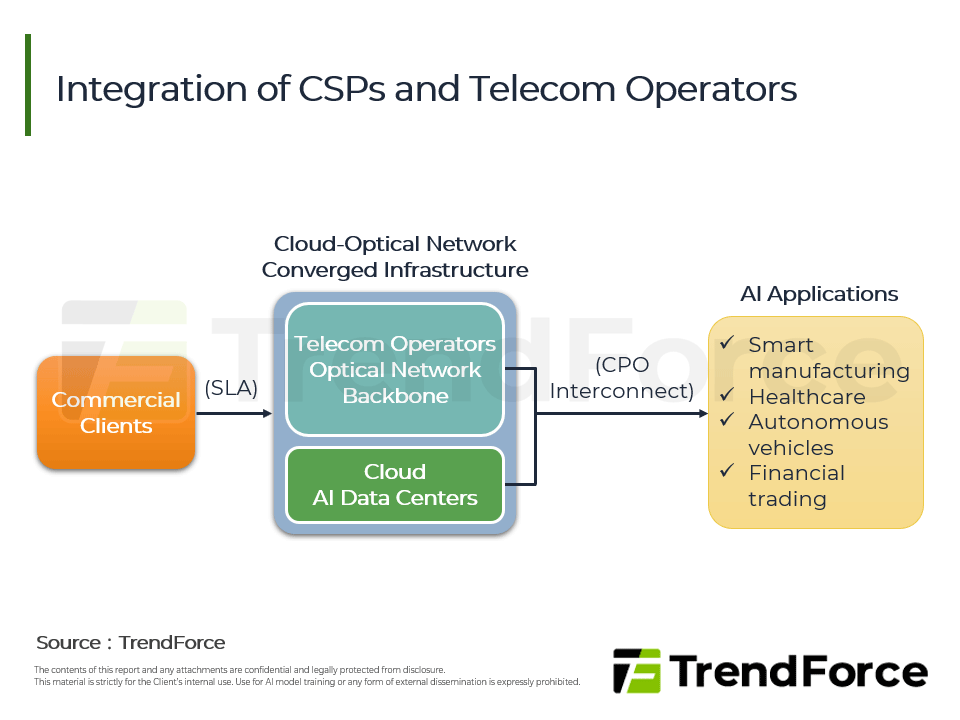Commercialization of Autonomous Vehicles and Related Challenges
Last Modified
2023-10-18
Update Frequency
Not
Format
Summary
Autonomous or self-driving vehicles are endowed with perception capabilities through sensors and cameras. In general, LiDAR and cameras are the two main categories of technological solutions for enabling perception capabilities. The Society of Automotive Engineers (SAE) in the United States has proposed a classification system for automated driving, comprising a total of six levels from L0 to L5. In particular, L3 marks a significant threshold. Under specific conditions, drivers of vehicles equipped with L3~L5 solutions can temporarily keep their hands away from the steering wheel due to the support from the automated driving system (ADS).
L3 functionality allows for emergency control to be quickly handed back to the driver when needed, so there still must be a person ready to take over the driving task in the driver’s seat. Nevertheless, L3 remains an important milestone in the progress towards fully automated driving. The adoption of automated driving technologies extends beyond improving traffic efficiency and reducing carbon emissions; the core purpose of adopting these technologies is to reduce traffic accidents caused by human errors, thereby improving safety. Automated driving technologies can contribute to the optimization of traffic flows in smart cities. Furthermore, as automated driving advances from L3 to L4, the landscape of the transportation sector, along with the business models of transport operators, will gradually change.
Table of Contents
1. Commercialization of Automated Driving – Current Status
(1) Commercialization of Autonomous Vehicles Is Expected to Lead to Optimization of Traffic Flows and
Realization of Smart Cities
(2) Progress in Development of Autonomous Vehicles Varies Depending on Regional Market, and
Regulations Have Significant Influence on Large-Scale Commercialization
2. Business Models for Operating Autonomous Vehicles and Related Challenges
(1) Autonomous Vehicles Have Potential to Alleviate Labor Shortages and Cut Costs
(2) Challenges in Commercialization of Robotaxi
3. TRI’s View
(1) Regulations and Technologies Are Evolving to Support Transition from L3 to L4, and Autonomous
Vehicles Will Contribute to Optimization of Traffic Flows in Smart Cities
(2) Large-Scale Vehicle Production and Lowering Costs of Technologies Are Key to Profitability, so There
Is Still Long Road Ahead Before Commercialization of Autonomous Vehicles
<Total Pages:14>

Category: Automotive & EV
Spotlight Report
-
DRAM/NAND Flash 2026 Capex: AI-Driven Revisions, Capacity Limited

2025/11/07
Selected Topics

PDF
-
2026 NAND Flash: AI & HDD Shortage Ignite Price Surge

2025/10/07
Selected Topics

PDF
-
DDR5 Supply Shortfall Drives Prices Higher; 2026 Profits Will Surpass HBM3e

2025/10/22
Selected Topics

PDF
-
High-Capacity SSDs Emerge: AI Storage Solutions & NAND Flash

2025/09/18
Selected Topics

PDF
-
High Server DRAM Demand Drives Expansion by Major Suppliers

2025/11/24
Selected Topics

PDF
-
Nearline SSD Rise: HDD Gap Fuels AI Data Center Reshaping

2025/09/22
Selected Topics

PDF
Selected TopicsRelated Reports
Download Report
USD $2,000
Membership
- Selected Topics
- Selected Topics-0056_Commercialization of Autonomous Vehicles and Related Challenges
Spotlight Report
-
DRAM/NAND Flash 2026 Capex: AI-Driven Revisions, Capacity Limited

2025/11/07
Selected Topics

PDF
-
2026 NAND Flash: AI & HDD Shortage Ignite Price Surge

2025/10/07
Selected Topics

PDF
-
DDR5 Supply Shortfall Drives Prices Higher; 2026 Profits Will Surpass HBM3e

2025/10/22
Selected Topics

PDF
-
High-Capacity SSDs Emerge: AI Storage Solutions & NAND Flash

2025/09/18
Selected Topics

PDF
-
High Server DRAM Demand Drives Expansion by Major Suppliers

2025/11/24
Selected Topics

PDF
-
Nearline SSD Rise: HDD Gap Fuels AI Data Center Reshaping

2025/09/22
Selected Topics

PDF








